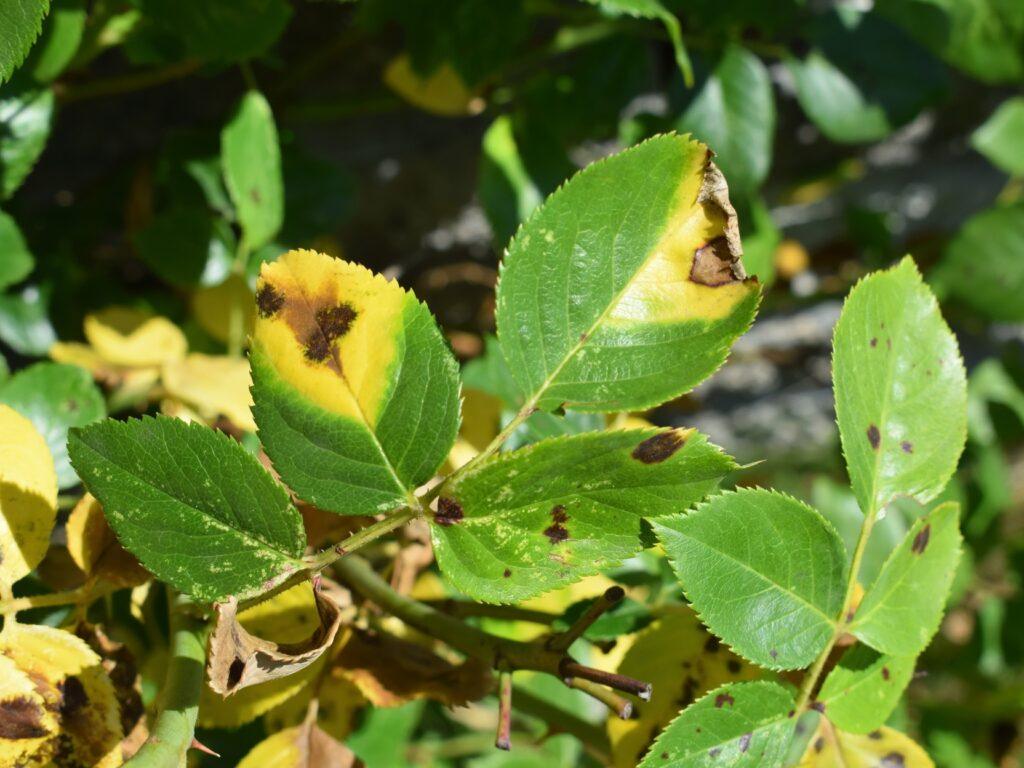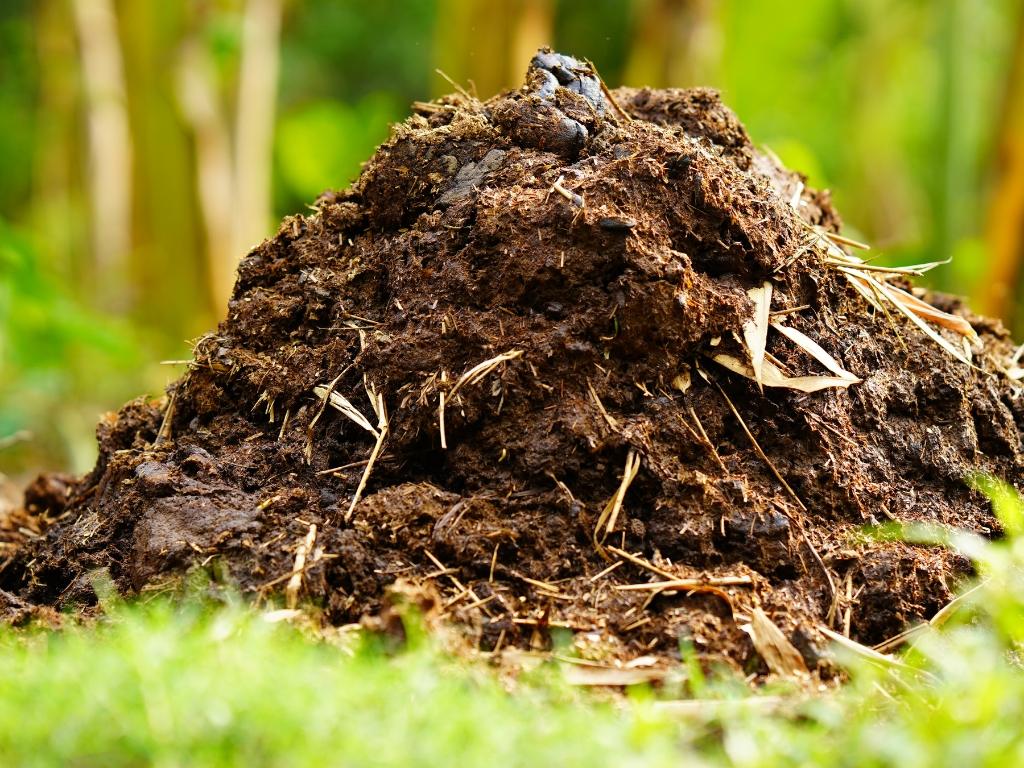When a plant’s in trouble, it won’t wave a flag; it changes color, drops leaves, or stops growing. The signs are easy to miss unless you know what to look for. Let’s break down how stress shows up in your trees and plants and what you can do about it.
What Is Plant Stress?
Plant stress happens when a tree or plant is exposed to conditions that limit its ability to function or grow normally.
That stress can be abiotic (non-living causes like heat, drought, or soil compaction) or biotic (living factors like insects or disease). Either way, the result is the same: the plant struggles to maintain its health.
A healthy plant puts energy into growth, root development, and reproduction. A stressed plant shifts focus to survival. Growth slows. Leaves drop. Roots weaken.
You don’t need to know every technical term, but it helps to recognize when something’s not right.
Why You Should Take It Seriously
You might assume a struggling plant will bounce back with time. But stress doesn’t fix itself. When ignored, plant stress leads to:
❌ Slow or halted growth
❌ Increased pest and disease vulnerability
❌ Root rot or fungal infections
❌ Dead limbs and structural hazards
❌ Premature death of trees or shrubs
If you’ve spent time or money on landscaping, protecting that investment starts with paying attention to plant health.
Common Signs of Plant Stress
Symptoms vary based on the plant type, season, and stress level. Here are the most reliable red flags:
- Leaf discoloration: Yellow, brown, or spotted leaves often indicate poor water, nutrients, or disease.
- Wilting: A clear sign that the plant can’t move water through its system.
- Leaf drop: When leaves fall out of season, it’s a red flag.
- Bare branches or crown dieback: Often a sign of root issues or drought.
- Reduced flowering or fruiting: The plant is using energy just to stay alive.
- Visible pests or mold: These often follow periods of stress.
- Cracked or peeling bark: Especially on young trees, this can signal extreme heat or frost injury.
Don’t rely on a single symptom. Look for combinations and patterns. Looking at all the signs together helps you avoid treating the wrong problem. It also shows whether the stress is ongoing, seasonal, or worsening.
Plants don’t speak; they respond to stress with a range of overlapping symptoms. The real cause often shows up through a pattern. For example:
- Yellow leaves + soggy soil = overwatering
- Wilting + dry soil = drought stress
- Leaf drop + bark cracks + poor growth = root damage
In short, one symptom is a clue. Multiple symptoms tell the full story.
Plant Stressors and How to Address Them
Plants face stress from more than just weather. Here’s what causes it and how you can fix it before damage sets in.
1. Water Stress
Too much or too little water is the most common source of plant stress. Overwatering suffocates roots and encourages fungal growth. Underwatering dries out the plant, leading to wilting and leaf drop. Inconsistent watering confuses the plant’s growth rhythm and weakens its defenses.
What to do:
- Check soil moisture 2–3 inches below the surface before watering
- Water deeply but less frequently to encourage strong roots
- Avoid watering on a fixed schedule—adjust based on weather and soil
2. Poor Drainage or Soil Compaction
When soil doesn’t drain properly, water sits around the roots and reduces oxygen supply. This leads to root rot, fungal infections, and overall decline. Compacted soil also prevents air and water from reaching the root zone.
What to do:
- Aerate compacted soil once or twice a year
- Add compost or organic matter to improve structure
- Create drainage paths or install a French drain if water pools regularly
3. Improper Sun Exposure
Plants need the right amount of sunlight to thrive. Too much sun burns leaves and causes moisture loss. Too little light weakens growth and limits flowering or fruiting.
What to do:
- Research your plant’s light requirements
- Move shade-loving plants out of direct sunlight
- Trim overgrown branches if they block needed light
4. Nutrient Deficiencies
Poor soil quality or imbalanced nutrients lead to weak growth, pale leaves, and reduced flowering. Plants can’t access what they need to develop normally.
What to do:
- Test your soil’s pH and nutrient levels
- Apply slow-release or targeted fertilizers only as needed
- Add organic compost to enrich soil over time
5. Pest and Disease Pressure
Stressed plants attract insects and pathogens. Once pests take hold, they further weaken the plant by feeding on leaves, stems, or roots.
What to do:
- Inspect regularly for insect damage or fungus
- Use organic or low-impact pest controls when needed
- Prune infected branches with sanitized tools
When to Call a Professional
Don’t hesitate if:
- Your tree has major dead limbs
- You see fungus at the base of the trunk
- There’s a lean or crack in the main stem
- Your plant shows no recovery despite changes
- You’re unsure what’s causing the problem
GreenTurf provides full tree health assessments and stress diagnosis services. You’ll get actionable solutions, not guesswork.
Not sure what’s stressing your plants?
Let GreenTurf take a closer look. Our team identifies the root of the problem and gives you a clear plan to restore plant health—fast.
Book your tree and plant health assessment today. No guesswork. Just expert care that works.



